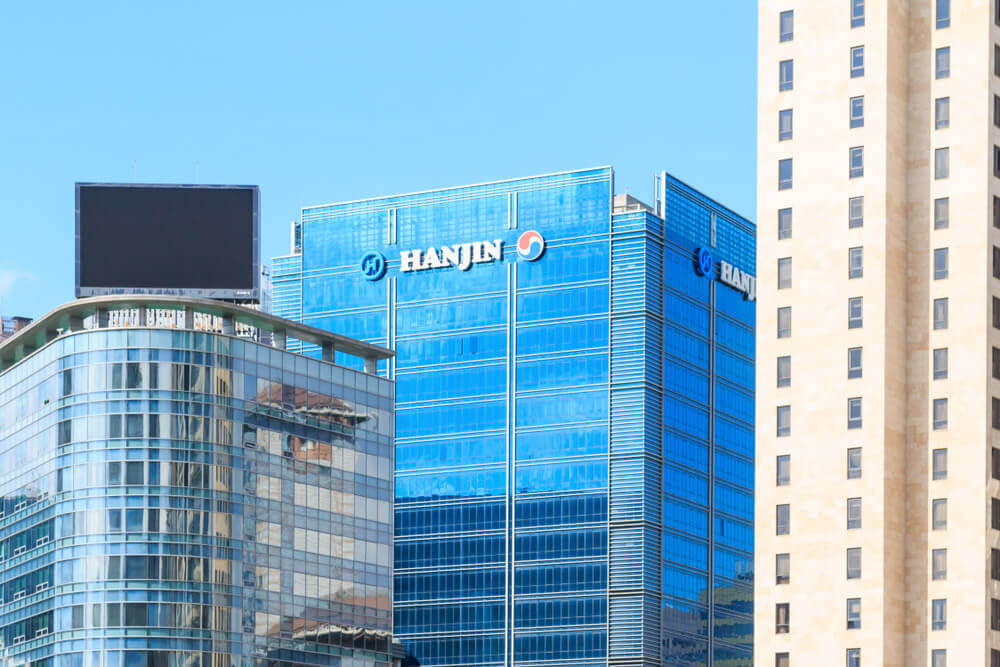
Austal and Cerberus to Inspect Hanjin Philippines’ Shipyard
On Wednesday, Australian shipbuilder Austal Ltd and U.S. private equity firm Cerberus are considering a joint bid. Moreover, the merging will strategically take place at the debt-laden Philippine shipyard.
The information was according to one of the facility’s trustees.
In January, Hanjin Philippines, a unit of South Korea’s Hanjin Heavy Industries & Construction Co Ltd, failed to pay $1.3 billion of loans. There are also $900 million due to South Korean banks and the rest to five Philippine lenders.
In a news report, receivership lawyer Rosario Bernaldo stated that Austal and Cerberus are appealing to the distressed shipyard. The firms have two to three weeks to submit a bid formally.
Bernaldo said, “What I want to happen is that the shipyard operates again instead of being a white elephant.” He also added that Dutch and Italians firms had inquired about the facility early on.
Meanwhile, Austal, who is running a shipbuilding facility in the central Philippines, and Cerberus did not reply to requests for comment.
Recently, Hanjin Philippines’ shipyard employed 20,000 workers in Subic Bay. It has also considered an essential asset due to its shelter, deep water, and access to the South China Sea.
A Private Negotiation with A Potential Bidder
Subic was a home base to some U.S. navy that lasted until the year 1992.
Eugene Acevedo, the president of mid-sized Rizal Commercial Banking Corp (RCBC), indicated that the creditors are involved with an exclusive talk with a potential bidder.
Also, he declined to label the company that has given non-disclosure agreements.
Acevedo, in a news report interview, said, “it has to be exclusive because it would be unfair for the white knight to put an effort on this huge thing.”
Moreover, it has disclosed that Hanjin borrowed $145 million from RCBC.
The sale of the shipyard received damages by a fall in the global shipping and shipbuilding industry.
The decline also prompted geopolitical concerns after it illustrated interest from two unidentified Chinese firms.
China is now expanding its presence in the South China Sea. A trade route for $3 trillion of commerce might be possible each year.




